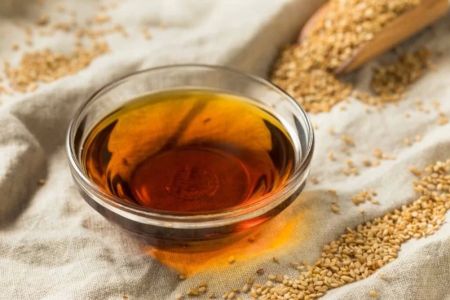Exploring the World of Chinese Cuisine
Have you ever wondered about Chinese food but found the variety and the names a bit overwhelming? As someone who was once in your shoes, I can tell you that diving into the rich, diverse world of Chinese cuisine is a journey worth taking. Chinese food isn’t just a meal; it’s an experience, a fusion of flavors and stories, a reflection of centuries of history and culture. Whether you’re a complete beginner or have a bit of experience with Asian food, this comprehensive guide will walk you through the essential aspects of Chinese food, from iconic dishes to cooking techniques.
The Basics of Chinese Cuisine
At its core, Chinese cuisine is known for its bold, balanced flavors. It’s characterized by the combination of sweet, sour, salty, bitter, and umami, all in perfect harmony. The emphasis is on fresh ingredients, layered tastes, and often, quick cooking methods like stir-frying. Each region of China offers unique dishes based on geography, climate, and historical influences, which means there’s something for every taste.
Popular Chinese Dishes You Should Try
If you're just starting to explore Chinese food, there are a few classic dishes you absolutely have to try. These iconic meals will give you a taste of what the cuisine is all about. Here are some of my personal favorites that can’t be missed:
1. Sweet and Sour Chicken
This dish is often one of the first Chinese meals many Americans try. The crispy chicken, coated in a tangy, sweet sauce, creates a perfect balance that’s both comforting and satisfying. While it’s not exactly traditional in China, it’s become a popular adaptation in Western Chinese cuisine.
2. Kung Pao Chicken
With a combination of tender chicken, spicy Sichuan peppercorns, peanuts, and a sweet-savory sauce, Kung Pao Chicken is a perfect introduction to the depth of Chinese flavors. It’s not too spicy for beginners, but it offers enough kick to engage your taste buds.
3. Dumplings
Dumplings are a staple in Chinese food culture. They come in many forms – steamed, boiled, or fried – and are filled with ingredients like pork, shrimp, and vegetables. Whether served as an appetizer or a main dish, dumplings are an essential part of any Chinese meal. In fact, dumplings are so significant that they are traditionally eaten during Chinese New Year for good luck!
The Art of Stir-Frying
One of the first techniques I learned when exploring Chinese cooking was stir-frying. This method is fast and efficient, and it’s perfect for preserving the flavor and texture of ingredients. Stir-frying is all about high heat, a hot wok, and quick movements to create a flavorful and healthy dish. Don’t be intimidated by the thought of using a wok – it’s all about practice!
Essential Stir-Fry Ingredients
Here are some staple ingredients you’ll need to get started with stir-frying:
- Vegetables: Bell peppers, bok choy, snap peas, carrots, and mushrooms.
- Proteins: Chicken, beef, shrimp, tofu, or pork are commonly used.
- Sauces: Soy sauce, oyster sauce, hoisin sauce, and sesame oil.
- Aromatics: Ginger, garlic, and green onions are key to bringing out the full flavor of your dish.
Chinese Food and Its Cultural Significance
Chinese food is deeply rooted in the culture of China. Every dish, every flavor, tells a story. Meals are often about bringing people together and sharing not just food, but also conversation and history. In fact, the art of Chinese cooking can be seen as a way to cultivate harmony and balance, both in food and in life.
Food as Tradition: Chinese New Year
During Chinese New Year, food takes center stage in celebrations. Many traditional dishes are eaten for their symbolic meanings, such as fish for prosperity, dumplings for wealth, and noodles for longevity. I had the chance to experience a Chinese New Year feast with a local family, and it was an unforgettable experience. The food was more than just delicious – it was a reflection of the hope, joy, and togetherness that the holiday brings.
Chinese Tea Culture
Along with food, tea plays a crucial role in Chinese culture. Chinese tea is diverse, ranging from green tea to oolong, black tea, and herbal infusions. A pot of tea is often served before or after meals, helping to cleanse the palate and aid in digestion. There’s a certain ritual to brewing and drinking tea, which makes it an essential part of any Chinese dining experience.
Tips for Cooking Chinese Food at Home
If you’re ready to start cooking Chinese food at home, here are some tips that will help you create authentic and delicious dishes:
1. Invest in the Right Tools
A wok, a good chef’s knife, and a pair of chopsticks are the essentials. The wok’s round bottom allows for high heat cooking and quick stir-frying, which is key to Chinese cuisine.
2. Keep Your Pantry Stocked
To cook Chinese food at home, you’ll need to stock up on some staple ingredients like soy sauce, rice vinegar, sesame oil, and Chinese five-spice powder. These will form the base of many sauces and marinades.
3. Don’t Rush the Process
Chinese cooking is all about balance, so take your time to carefully prepare each ingredient and let the flavors develop. The beauty of Chinese food lies in its simplicity, but that doesn’t mean it’s quick. It’s worth the effort!
Chinese Food for Beginners: The Joy of Discovery
As I reflect on my own journey into Chinese food, I realize that it’s not just about learning how to cook. It’s about understanding a culture, experiencing new flavors, and expanding your palate. From dumplings to stir-fries, every dish has its own unique story. So don’t be afraid to dive in and explore the incredible world of Chinese cuisine. Whether you’re cooking at home or trying dishes at a local restaurant, Chinese food has something exciting to offer for every beginner!


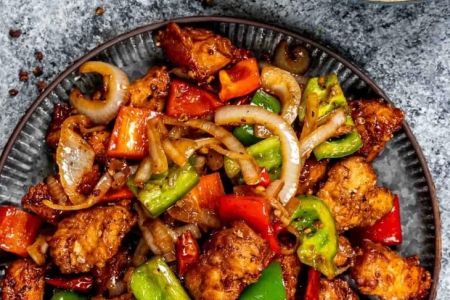
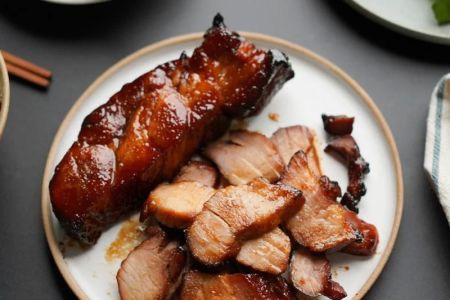
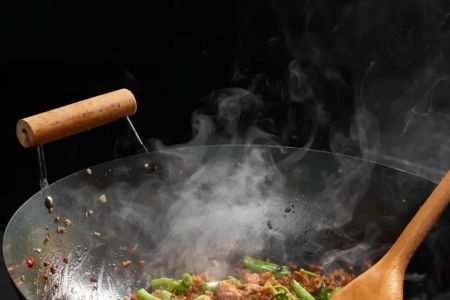
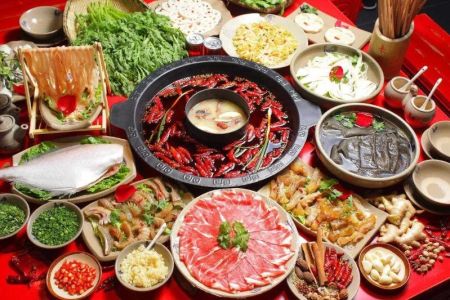
![Top Chinese Restaurants for Authentic Cantonese Cuisine in [Your City]](https://img.gochinarose.com/d33/2507/4157910400_450x300.webp)
